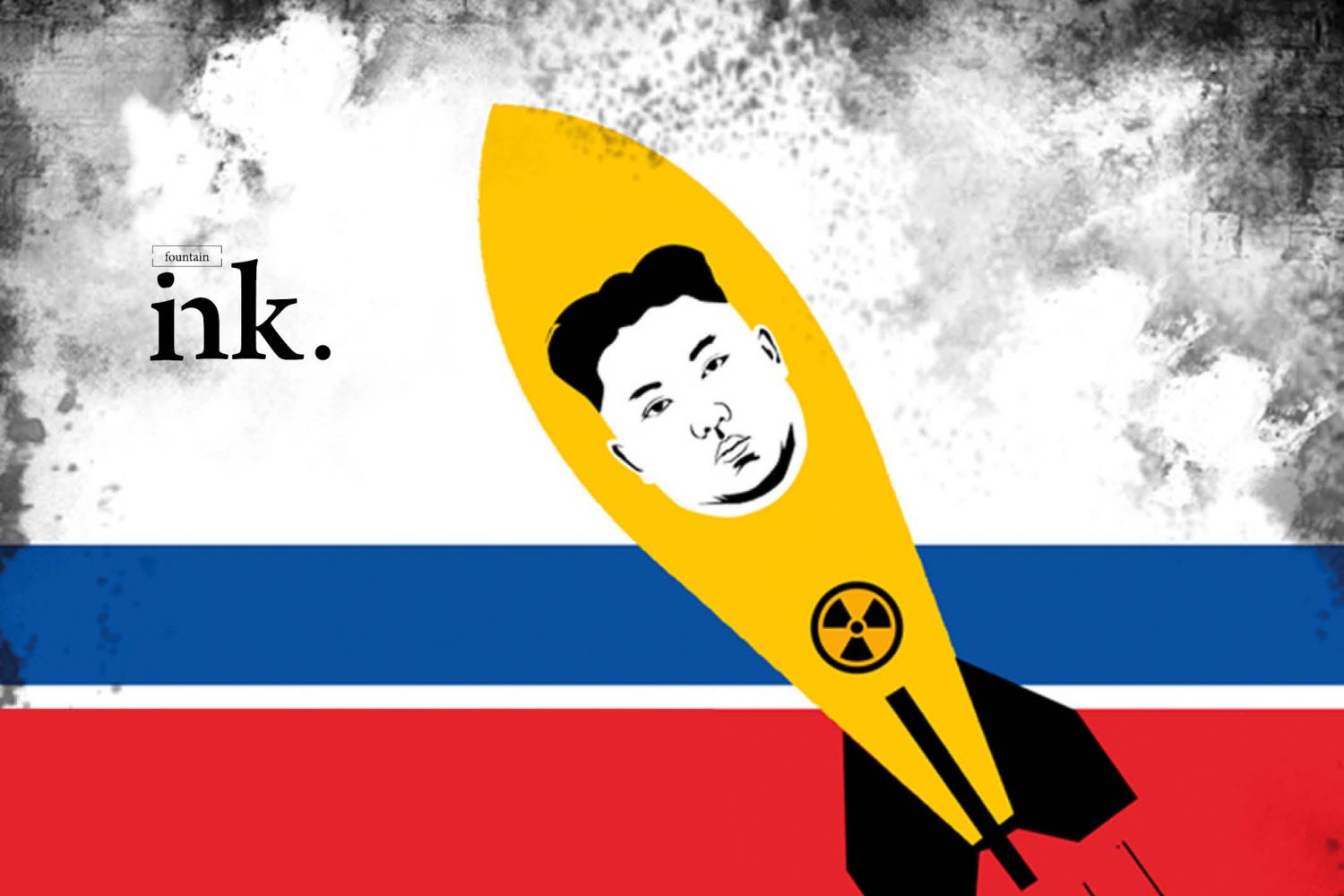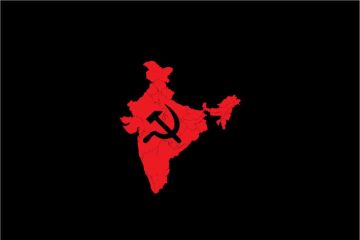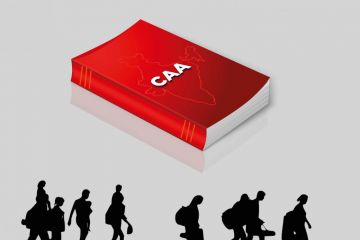
Sandwiched between
regional rivals like South Korea and Japan and facing military encirclement by
the United States, North Korea is the only country that challenges the US
global agenda. But Pyongyang’s brazen military muscle flexing is disturbing the
diplomatic calculations of Asia on an unprecedented scale. Its recent
long-range missile tests (one was an embarrassing failure) and threats to
reduce South Korea’s capital Seoul to ashes in a storm of steel and fire in
case of a US attac
Continue reading “India: Losing traction in the great game”
Read this story with a subscription.





